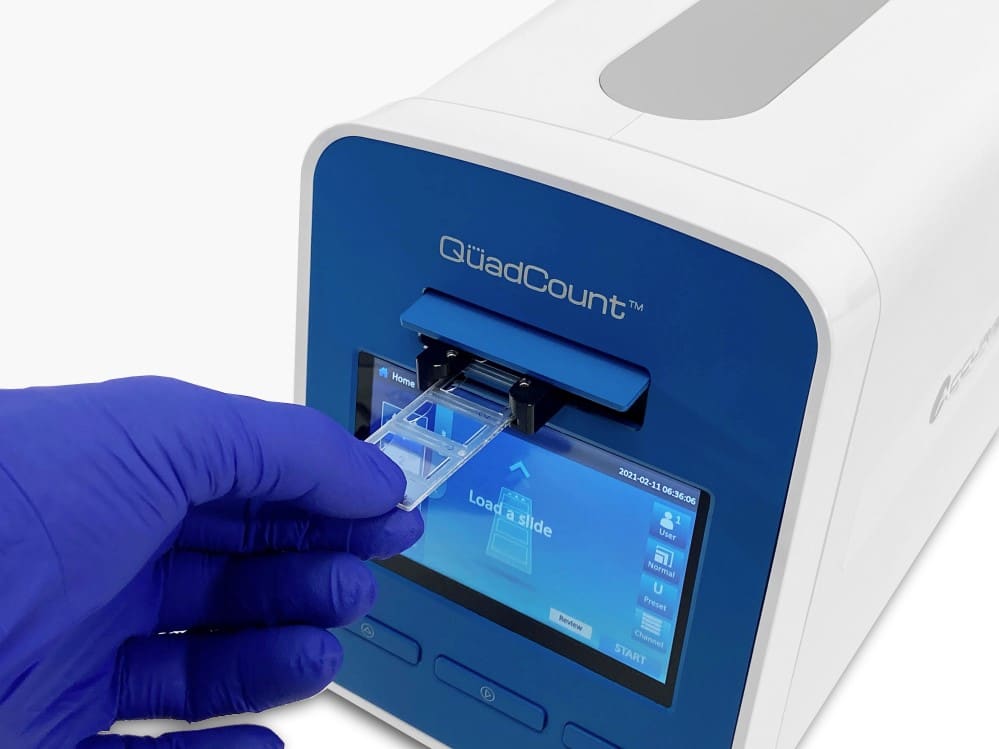
Automation in cell counting has numerous advantages that significantly improve the efficiency, accuracy, and range of biochemical diagnostics in biomedical studies. These highly developed tools have led to the erosion of the traditional means of counting and analyzing cells in laboratories, as they were done otherwise through manual techniques that are highly susceptible to error and time-consuming.
Here are the benefits:
Enhanced Accuracy and Precision
The whole process is highly dependent on the observer in manual counting systems, especially when using a hemocytometer. Inexperienced technicians may count in a manner that differs from other technicians, resulting in outcome inconsistency. Computers, on the other hand, use other methods, namely, flow cytometry, impedance-based methods, or even images, to count cells. These procedures help avoid the variability associated with most laboratory procedures, and repeating steps means fewer human interactions are involved. This level of precision is important in various contexts, especially in clinical situations where decisions on specific cell counts can help determine the course of action to address a disease.
Increased Throughput and Efficiency
Automated cell counters are useful in that they optimize the throughput of a given laboratory. Manual counting methods are not efficient, frustrating, and time-consuming, most often involving preparations, sorting, counting, and analysis time. On the other hand, the automated analyzers can analyze several samples quickly, perhaps all at once. It also enables many laboratories to process more samples per day as opposed to in the past, a viable factor greatly appreciated in organizations that require many tests, such as hospitals and research institutions. These processes can be automated, saving considerable time for technicians and thus enabling them to perform more tasks requiring direct intervention. They would thus likely improve the laboratories’ productivity.
Comprehensive Data Analysis
Current automated cell analyzers can count the cells and give a detailed analysis of the cell characteristics due to the software accompanying the sophisticated systems. These instruments can detect various characteristics, including the size of the cells, density, and types of markers, by employing methods such as fluorescence. This valuable information is especially important when it comes to the specificity of certain research topics and the development of effective diagnosing tools. For instance, in oncology, they can segment the various kinds of blood cells and any atypical shapes that suggest leukemia or other diseases are present. The potential to record and evaluate multiple parameters simultaneously helps expand the scope and reach of the information scientists and doctors utilize.
Dedication to Laboratory Information Systems
Automated cell counters and analyzers are always available, especially in LIS. It also enables the sharing of data, which enhances efficiency since there is no need to transfer data from one department to another manually. This can lead to transcription errors. Data can be fed back to electronic medical records, meaning that a lot of time does not have to be spent transferring information to healthcare providers. This integration provides better laboratory functionality, contributes to better case decisions, and, as a result, better patient care.
Final Thoughts
Automated cell counters and analyzers have numerous invaluable advantages that have helped significantly increase productivity and effectiveness and expand the roles performed by clinical and research laboratories. They are accurate, yield highly reproducible results, offer high sample throughputs, provide detailed data analysis, reduce contamination incidences, and are compatible with information systems; they are standardized, and their versatility opens new research paradigms in biomedical science.